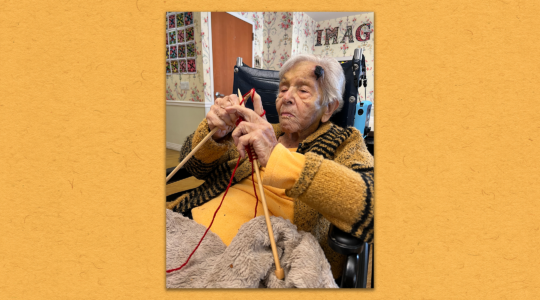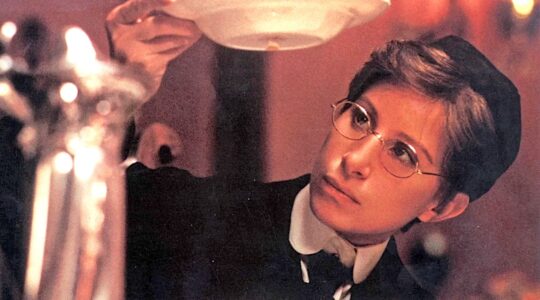More than any other Jewish food group, desserts tug at our heartstrings, said Leah Koenig, Jewish food writer and cookbook author.
“It’s the memory of your grandmother’s fresh-baked rugelach,” she said. “And, if your grandmother wasn’t a good baker, you know that somewhere someone’s grandmother was making delicious rugelach.”
Last week, Koenig moderated a panel on the cultural significance of Jewish desserts at an event organized by the Workmen’s Circle, a Jewish nonprofit organization that celebrates Jewish culture. The event, which gathered a crowd of 50 people, took place at Shelsky’s, a Jewish delicatessen known for its smoked fish. Participants milled about, sampling desserts from four different purveyors, including Seed + Mill Halva, producers of artisanal halva, and Danny Macaroons, a sophisticated take on the Passover classic.
“Food is a gateway into Jewish identity, and what’s a meal without dessert?” said Ann Toback, executive director of the Workmen’s Circle. “When Jews get together for a festive occasion, we want desserts.”
The event was the group’s second exploratory food event; the last event, “Smoke and Salt,” explored some of the unique ways Jews have preserved foods over the ages.
Jewish desserts, on the other hand, are “something we love but that we take for granted,” said Toback. “We just assume they’ve always been a part of our festive occasions, and always will be,” she said, citing rainbow cakes and black and white cookies. “It’s important to take a moment to step back and reflect on how these foods became an integral part of our cultural fabric.”
The “collective Jewish nostalgia” triggered by a freshly baked babka or warm honey cake is a powerful unifying force among Jews, said Koenig. “For third and fourth generation Jews, this is an easy and meaningful way to connect to their heritage,” she said.
Though Ashkenazi Jewish food was previously shrugged off by aficionados in the culinary world for being “heavy and greasy,” it seems to be making a comeback, said Koenig. “You see foods like rugelach and babka, even challah, becoming more popular in mainstream American life,” she said.
One participant at the event said the Danish she was sampling made her “go crazy thinking about my grandmother’s apple strudel.” “What I wouldn’t give to have that recipe,” she said. “Even thinking about it makes me feel connected to the past.”
The New York Jewish Week brings you the stories behind the headlines, keeping you connected to Jewish life in New York. Help sustain the reporting you trust by donating today.




